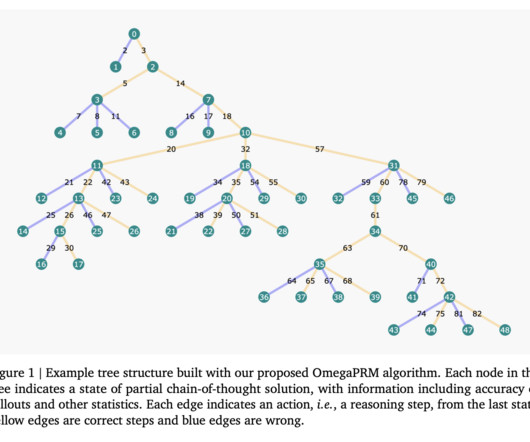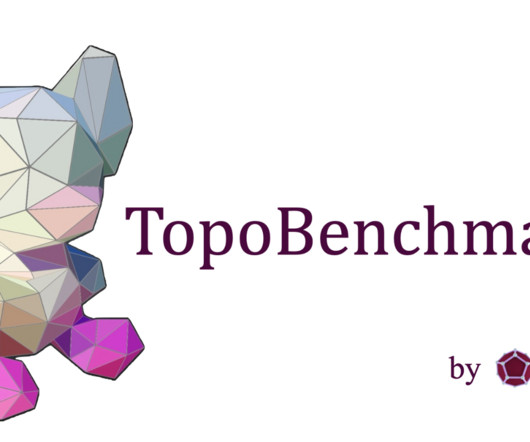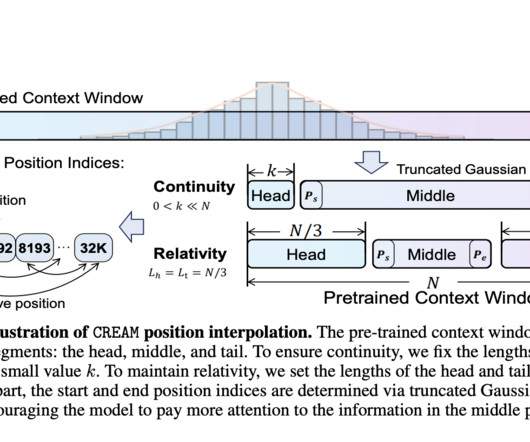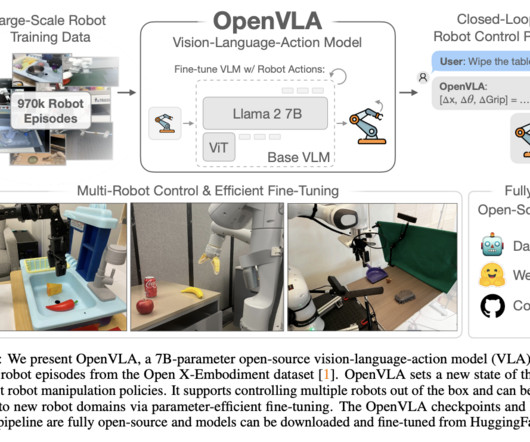Compiler vs Interpreter: Understanding the Key Differences
Analytics Vidhya
JUNE 16, 2024
Introduction If you are a programmer, I’m sure you have come across the terms “compiler” and “interpreter.” These tools transform human-readable programs into machine code that computers can understand. But what exactly are they, and how do they work? More importantly, how do they differ and how can you know which one to use where?



























Let's personalize your content